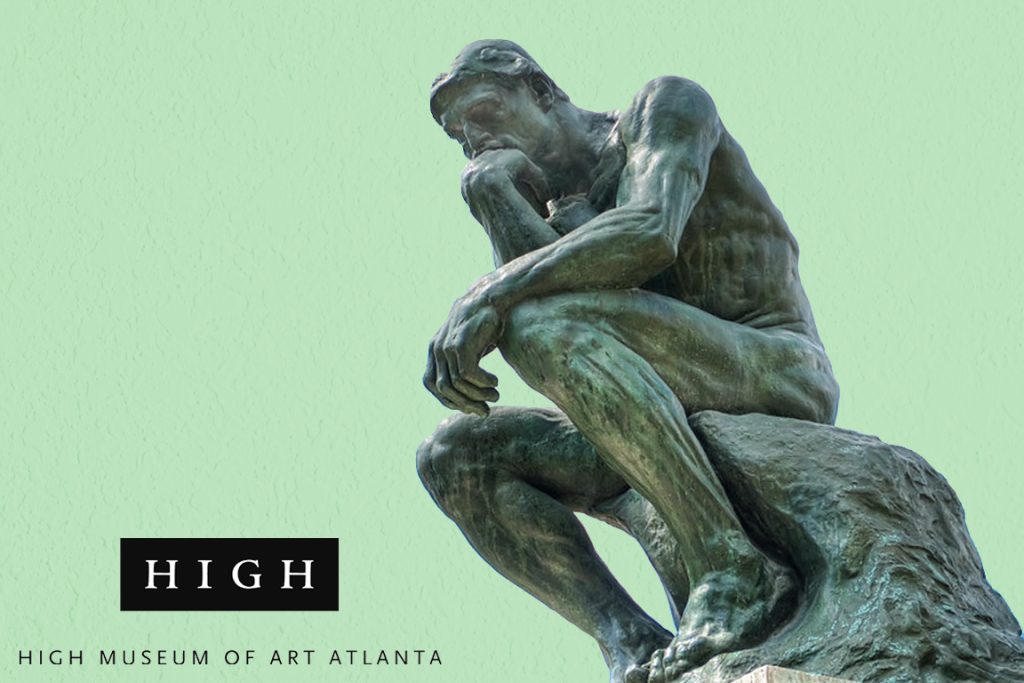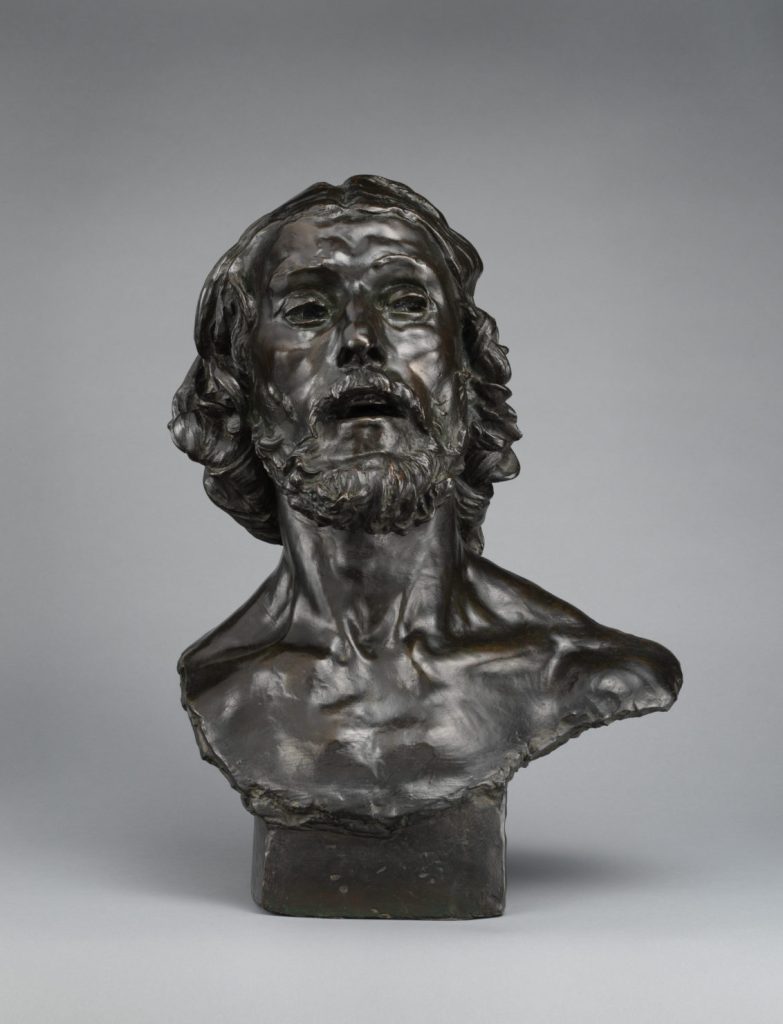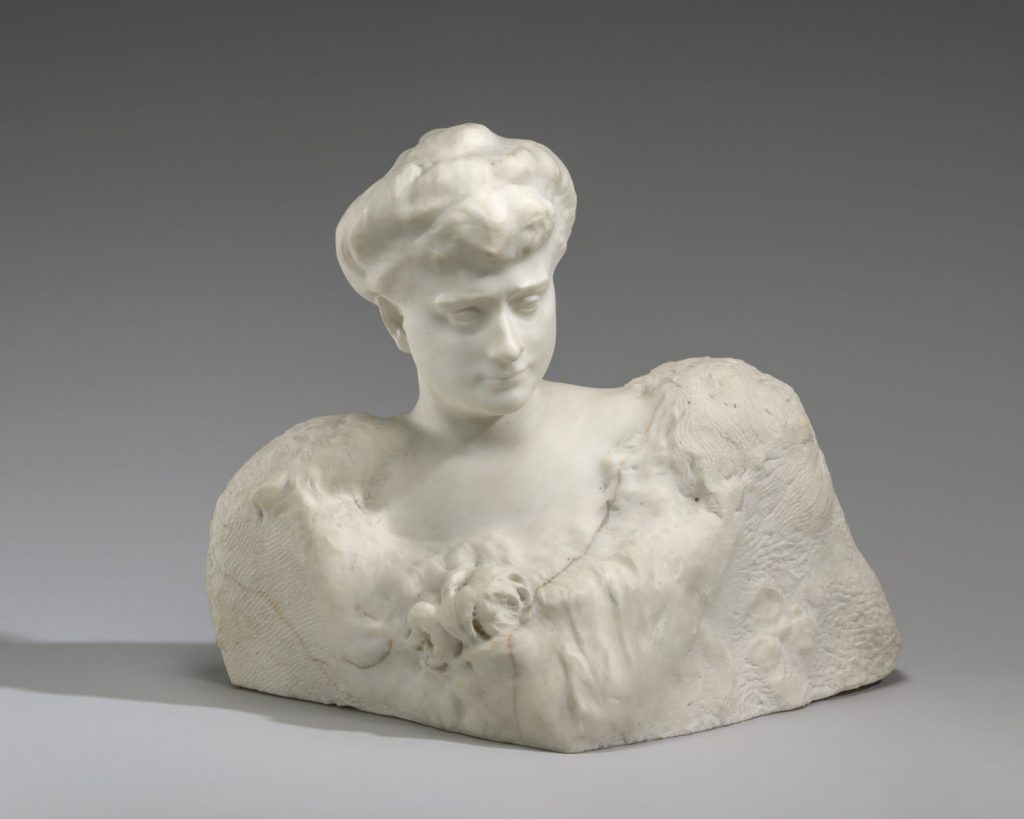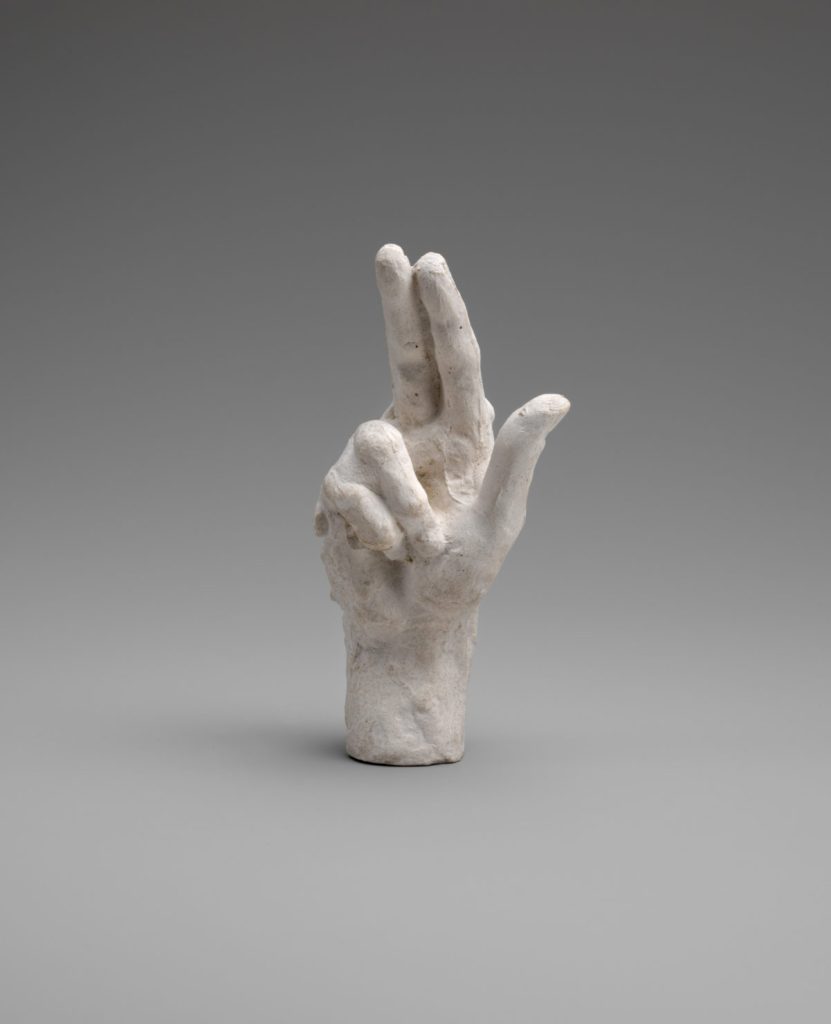Examining the High Museums newest exhibit “Rodin in the United States: Confronting the Modern”
Auguste Rodin is one of the most praised artists of the Modernist movement. His pieces “The Thinker”, “The Walking Man”, and “Monument to Balzac” are some of the most recognized in sculpture. On view until January 15, 2023 at the High Museum of Art, “Rodin in the United States: Confronting the Modern” is a fabulous exhibit for understanding the artist’s impact and influence on collectors and museums in the United States.

Featuring Auguste Rodin’s “The Thinker”, original model 1881-1882, cast 1902 or 1906, Bronze, France.
As greatly stated by the Rodin Museum, Rodin was “deeply inspired by tradition yet rebelled against its idealized forms”. He was inspired by classical sculpture, subject, and methods while adding his own, and sometimes controversial, ideas. Rodin experimented with expressing emotion while breaking from convention by studying the people around him as opposed to models. He exhibited fragments, or “unfinished” pieces, sexual figures, and bold Biblical subjects. These choices were quite scandalous at the time and gained him much attention in his home country France and arguably even more so in the United States.
Rodin’s “Bust of St. John the Baptist,” cast in 1883, was his first piece to go on display in a public museum in the United States. The bust raised criticism and concern because of the brash and forward expression given to the Saint. Until Rodin most religious sculpture was focused on displaying the pious, modest, nature of the subject – much unlike St. John’s curious gaze.

The Metropolitan Museum of Art, New York, gift of Samuel P. Avery, 1893, 93.11
This piece garnered the attention of several wealthy socialite art collectors including Katherine Seney Simpson. Simpson was a crucial part of promoting Rodin’s work. After meeting him through a dealer in 1902, Katherine commissioned and began posing for a marble bust from Rodin. The bust, titled “Katherine Seney Simpson (Mrs. John W. Simpson)”, 1903, marble, is on display in the High’s exhibit.

National Gallery of Art, Washington, gift of Mrs. John W. Simpson, 1942.5.16
This was the beginning of a lifelong friendship between the two, cultivating into a ripple-effect of influence over American collectors. Katherine and her husband Woodruff Simpson collected many of Rodin’s pieces and encouraged their friends and museums to do so also. With her influence, Katherine urged the chair of The MET’s Art’s Committee on Sculpture to endorse Rodin, and so it was. In 1912 the Rodin Gallery opened and was the first gallery devoted to a living artist at the museum.
One of the innovations first displayed in his 1912 exhibit were plaster casts of single body parts, such as hands, arms, torsos, and legs. Rodin would sculpt these pieces then make multiple plaster casts to use when creating new compositions. However, these limbs were presented on their own as a work of art, challenging the notion of traditional sculpture and what a completed work is meant to look like.

The Metropolitan Museum of Art, New York, gift of Auguste Rodin, 1912, 12.12.16
Curation of the exhibit was done in a way to guide you through Rodin’s works in a timeline basis of his American emergence. The pistachio colored walls enhance the patina of each bronze, allowing the eye to see each refined detail. Guests can gaze in front of the famed composition “The Thinker” and observe how fantastic it is in-person. Museum lover or not, all will enjoy this exhibit showcasing the visionary artist’s works.
The High Museum of Art is open Tuesday-Sunday and tickets start at $16.50. SCAD students can access the museum by taking the SCAD bus system and getting off at SCAD House. Walking up the hill and to the left will lead to the museum.
Chandler Groce

























